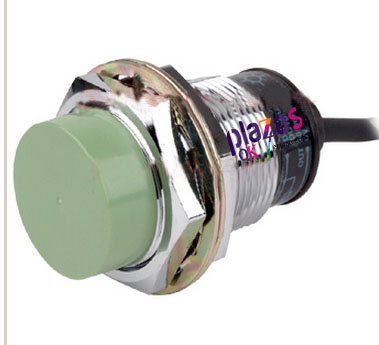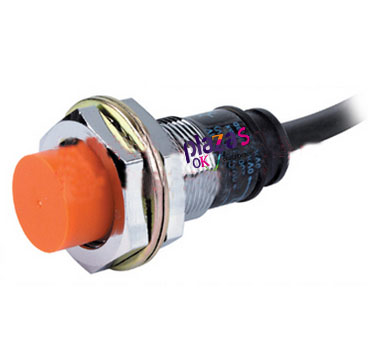Precautions for choosing a potentiometer
Precautions for choosing a potentiometer
When choosing a potentiometer, you can consider the following four requirements:


Precautions for choosing the potentiometer 1. Pay attention to the requirements of the structure
When selecting a potentiometer, pay attention to the size of the potentiometer, the length of the shaft and the style of the shaft end, and whether the position on the shaft requires a lock switch, single or multi-connection, single-turn or multi-turn, etc., for the specific structure Claim.
For potentiometers that need to be adjusted frequently, a potentiometer whose shaft end is milled into a plane should be selected to install the knob. For potentiometers that do not need to be adjusted frequently, you can choose a potentiometer with a groove on the shaft end so that it will not rotate after adjustment with a screwdriver to maintain the relative stability of the working state. For potentiometers that require accuracy and no longer change once adjusted, a potentiometer with a locking device should be selected.
Attentions when choosing a potentiometer. 2. The resistance value changes characteristics according to the purpose.
The resistance change characteristics of the potentiometer should be selected according to the application. For example, the volume control potentiometer should be the exponential potentiometer. If there is no exponential potentiometer, it can be replaced by a linear potentiometer, but logarithmic potentiometers cannot be used. Otherwise, the volume verse range will be reduced: The potentiometer used for voltage division should be linear potentiometer; the potentiometer used for tone control should be logarithmic potentiometer.
The precautions for selecting the potentiometer 3. Choose the type of potentiometer according to the requirements of use
In the circuit with low general requirements, or the occasion of the use environment, the synthetic carbon film potentiometer should be selected first. Synthetic carbon film potentiometer has the characteristics of high resolution, wide resistance range, complete varieties and models, and low price. However, it has the shortcomings of poor humidity resistance and poor stability. It can be widely used in household appliances that work indoors. For example, the volume potentiometer with switch for semiconductor radio can use synthetic carbon film potentiometer; the power adjustment circuit in TV can use straight-slide carbon film potentiometer; high load and fine-tuning potentiometer in other household appliances can also be used. Use synthetic carbon film potentiometer. In addition, the synthetic carbon film potentiometer has a long mechanical life and can be used in circuits that require long wear life.
If the circuit needs to be adjusted precisely and consumes a lot of power. Wirewound potentiometers should be used. Wirewound potentiometers are only suitable for low-frequency circuits due to their large distribution parameters, so wirewound potentiometers should not be used in high-frequency circuits. In addition, the noise of the wirewound potentiometer is small, and this type of potentiometer can be used for circuits that require low noise.
The matters needing attention when choosing the potentiometer. Four. Choose the parameters of the potentiometer according to the requirements of the circuit.
The parameters of the potentiometer mainly include nominal resistance, rated power, maximum working voltage, linearity accuracy, and mechanical life, etc., which are the basis for selecting the potentiometer. When the type of potentiometer is selected according to the requirements of use, the technical and performance parameters of the potentiometer must be selected according to the requirements of the circuit.
Different potentiometers have different mechanical life. Generally, synthetic carbon film potentiometers have the longest mechanical life, which can be as high as 200,000 weeks, while the mechanical life of glass glaze potentiometers is only 100-200 weeks. When choosing a potentiometer, you should choose potentiometers with different mechanical life parameters according to the different requirements of the circuit for wear resistance.





